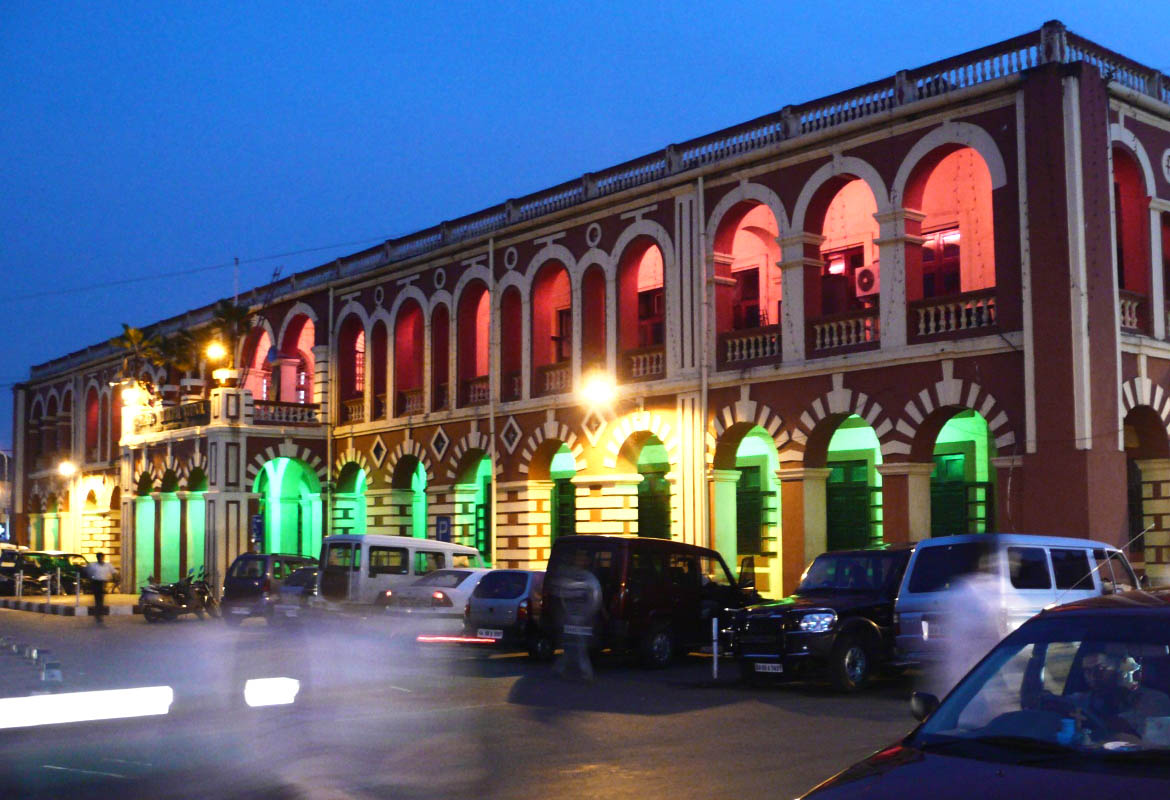Margao is Goa's second largest city and commercial metropolis of Salcete taluka in South Goa. It still retains semblance of Goa's Portuguese colonial past, and is connected to the rest of the Indian sub-continent by rail.Margao is the headquarters of South Goa District and is considered the main commercial city of Goa. It is famous for its ancient cultural heritage and traditional customs of the people of Goa.
Surrounded by fertile farmland, the town of Margao was once a major religious centre, with dozens of wealthy temples and dharmshalas (dormitories). In fact the name Margao is thought to be the Portuguese corruption of the word Mathgram (from Math - a Hindu religious centre that used to exist there) However most of these were destroyed when the Portuguese absorbed the area into their Novas Conquistas during the 17th century.
Margao has an old-worldly charm about it because of its Portuguese churches, and some magnificent specimens of old Portuguese houses complete with shady balcaos (porches) and oyster-shell windows in its Borda area.
Attractions:
Benaulim Beach:The prime attraction of Madgaon is the Benaulim Beach which lies 7 km west of Margao.People visiting the Madgaon Beach also visit other places of interest in Madgaon such as the Holy Spirit Church founded in 1565 and the distinctive cross in front built a century earlier.
The Largo de Igreja, or the Church of the Holy Spirit: as it is also known, dominates the entrance to the city, just north of the Municipal Garden square. The church area is surrounded by beautiful old residential houses still in pristine condition. The church was built by the Portuguese in 1675 and is one of the finest examples of late-Baroque architecture in Goa, boasting a pristine white facade and an interior dripping with gilt crystal and stucco.
House of Seven Gables or Sat Burzam Ghor: is a magnificent mansion was commissioned in 1790 by Sebastino da Silva, emissary and private secretary of the Portuguese Viceroy. Although only three of the seven gables remain today, they are enough to give the visitor an idea of the size of the original edifice.





